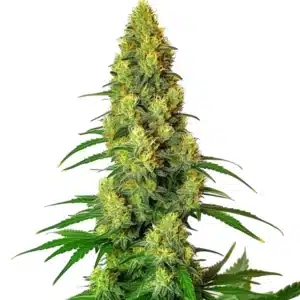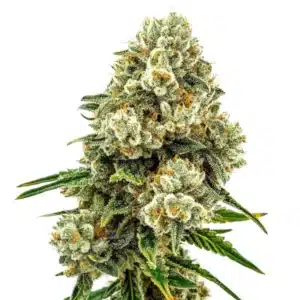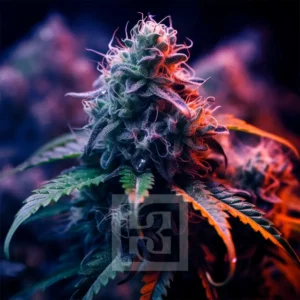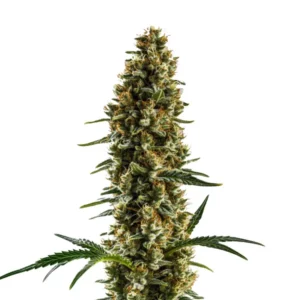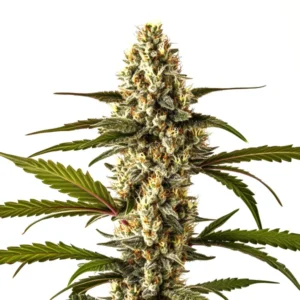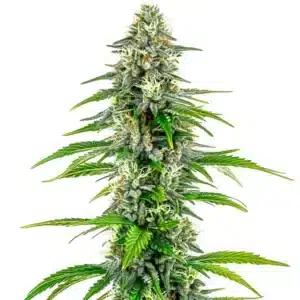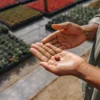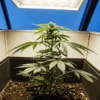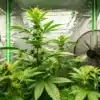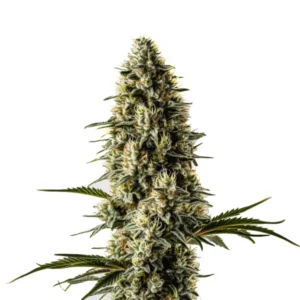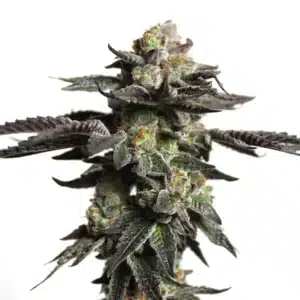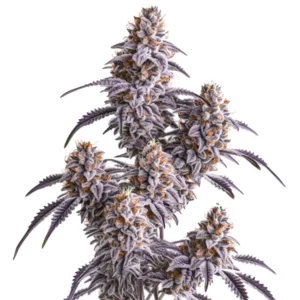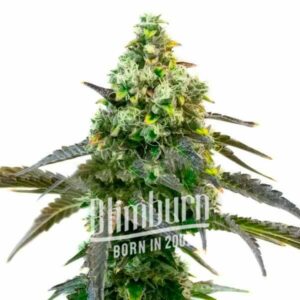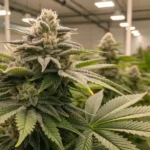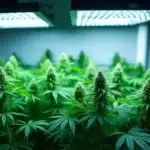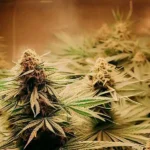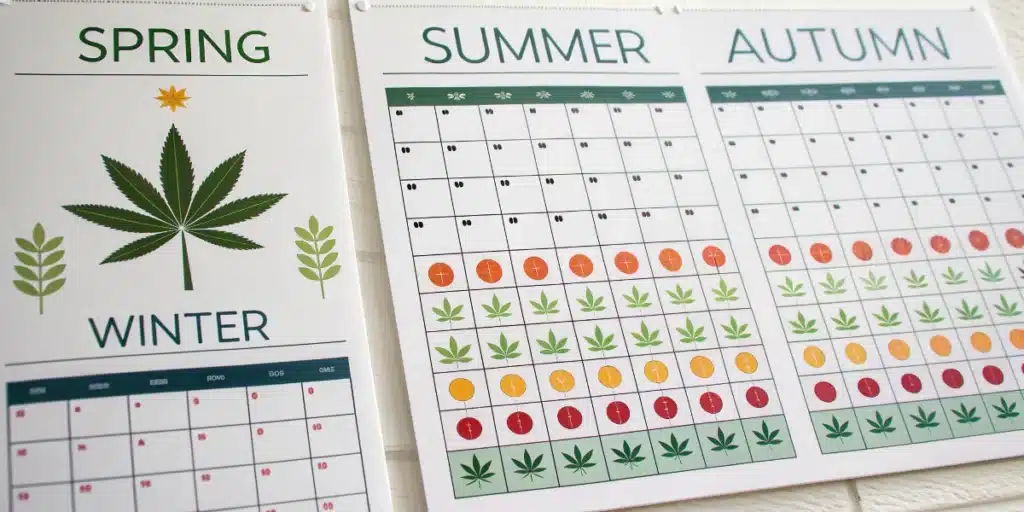
When to Grow Weed Indoors: Seasonal Tips and Protecting Plants
Seasonal Considerations
When to Grow Weed – Temperature and Humidity
Growing weed indoors allows for greater control over environmental factors, making it easier to optimize conditions regardless of the season. Temperature is a critical aspect; cannabis plants thrive in temperatures ranging from 70°F to 85°F during the day and a bit cooler at night. If your indoor space is too hot, plants can suffer from heat stress, leading to stunted growth and lower yields. Conversely, if it’s too cold, growth can slow down significantly, inhibiting the plant’s ability to flourish.
Humidity also plays a vital role in the growth of cannabis. During the vegetative stage, humidity levels should ideally hover around 40% to 70%. This range helps the plants to absorb water and nutrients effectively. As you transition into the flowering stage, it’s essential to lower humidity to about 40% to prevent mold and mildew, which can wreak havoc on your precious crop. Monitor both temperature and humidity regularly, adjusting as necessary with fans, dehumidifiers, or heaters to create the ideal indoor growing environment.
Recommended Strains
AK 48
|
|
THC | 14% - 16% (Medium) |
|
|
Type | Feminized |
|
|
Yield | Medium |
|
|
Phenotype | 65% Indica / 35% Sativa |
Acid Diesel
|
|
THC | 18% - 20% (Medium) |
|
|
Type | Feminized |
|
|
Yield | Low |
|
|
Phenotype | 60% Indica / 40% Sativa |
Understanding the seasons can further enhance your indoor growing strategy. For instance, while summer may bring the heat, it can also lead to higher humidity levels, especially in certain regions. Conversely, winter might necessitate extra heating, which can dry out the air. By carefully managing these factors, you can ensure a consistent environment that promotes healthy growth throughout the year.
When to Grow Weed – Light Adjustments
Light is another vital component of growing weed indoors. Cannabis plants require varying light schedules depending on their growth stage. During the vegetative phase, providing 18 hours of light and 6 hours of darkness mimics the long days of summer, encouraging lush growth. As you transition into flowering, a 12/12 light schedule mimics the shorter days of autumn, signaling the plants to start producing buds.
Selecting the right type of grow lights is crucial. LED lights are popular for their energy efficiency and low heat output, making them ideal for maintaining a stable temperature. However, traditional HPS lights can also be effective, especially if you can manage the heat they produce. Ensure that your lighting setup allows for easy adjustments in height and intensity to accommodate the rapid growth of your plants.
Seasonal changes can also affect how you manage light. In winter months, for instance, you may need to supplement natural light with artificial lighting to ensure your plants receive adequate exposure. Conversely, in summer, be cautious of overheating, as excessive light can stress your plants. Regularly assess your lighting system to ensure it meets the evolving needs of your cannabis plants as they progress through their growth stages.
Promos & Deals
Indoor Environment Setup
Equipment and Timing
Setting up your indoor environment is a crucial step in determining the success of your cannabis grow. A well-thought-out setup includes not just your growing area but also tools for climate control, such as fans, heaters, and air conditioning units. Ideally, you want to create a space that can be adjusted according to seasonal changes keeping it warm and cozy in winter and cool in summer.
Timing is also key when it comes to planting. While indoor growing offers flexibility, there are still optimal times to start your grow cycle. For instance, beginning your grow cycle a few weeks before the last frost date allows you to take advantage of longer days and stronger light as summer approaches. This timing can lead to robust plants that yield a bountiful harvest.
Additionally, investing in quality equipment can save you time and energy in the long run. Consider using automated systems for watering and nutrient delivery. These systems can help you maintain consistency in your plants’ care, freeing you up to focus on other aspects of your grow. A well-equipped grow room not only enhances plant health but also makes the experience more enjoyable.
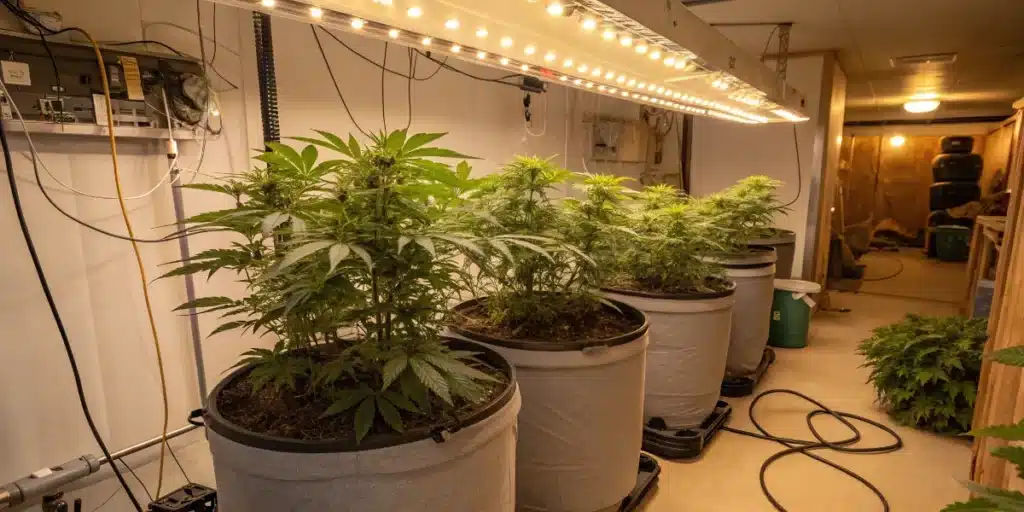
How Long Does it Take to Grow Cannabis Indoors?
One of the most common questions new growers ask is: how long does it take to grow cannabis indoors? While the short answer is anywhere from 3 to 5 months, the full timeline depends on multiple variables, including strain choice, environmental setup, and grower experience. Cultivating weed indoors gives you more control over timing compared to outdoor grows, but that doesn’t mean the process is quick or automatic. Knowing what to expect at each phase helps you plan, stay on track, and ultimately produce better yields with less frustration.
Average Timeline by Growth Stage
Let’s break down the general timeline of an indoor cannabis grow into its main stages:
- Germination: This is where everything begins. Once your seeds are exposed to warmth and moisture, they typically germinate within 2 to 7 days.
- Seedling Stage: After sprouting, the seedlings spend 1 to 2 weeks developing their first sets of leaves and a stable root system.
- Vegetative Stage: This phase lasts between 3 to 6 weeks. During this time, the plant focuses on growing stems and leaves. With proper lighting and nutrients, plants can grow fast and strong before flowering begins.
- Flowering Stage: Depending on the strain, flowering can last from 6 to 12 weeks. This is when your plant starts producing buds and requires different light schedules and nutrients.
- Harvesting and Curing: Once buds are mature, you’ll harvest and cure them for at least 2–3 more weeks to enhance flavor, potency, and smoothness.
So, when we ask how long does it take to grow cannabis indoors, we’re really talking about a process that takes patience, attention to detail, and a solid understanding of each growth phase.
Factors That Influence Growing Time
There’s no one-size-fits-all timeline because several key factors can speed up or delay your grow. First, the type of strain you choose plays a major role. Indicas generally have shorter flowering periods and compact growth, making them faster and easier for beginners. Sativas, on the other hand, tend to grow taller and take longer to flower sometimes 10 to 12 weeks or more. If time is a concern, autoflowering strains are a great option, finishing from seed to harvest in as little as 8 to 10 weeks.
Lighting is another huge factor. Insufficient or incorrect lighting can drastically slow down development. During the vegetative stage, a full 18 hours of light per day is ideal. Once you flip to flowering, you’ll need a strict 12/12 light schedule. Growers who don’t stick to these light cycles often see slower growth or even stalled flowering.
Training methods like low-stress training (LST), topping, or using a ScrOG net can increase yield, but they can also extend the vegetative phase depending on how much recovery time the plant needs. Additionally, your grow environment temperature, humidity, airflow, and CO₂ levels can all affect how quickly or slowly your plants progress. If your setup isn’t dialed in, even fast strains will take longer than expected. In short, how long does it take to grow cannabis indoors is largely up to you and how well you manage your grow conditions.
Maximizing Yield
When to Grow Weed Best Practices
To truly maximize your yield when growing weed indoors, implementing best practices is essential. First and foremost, ensure that your plants receive the right nutrients tailored to their growth stage. During the vegetative phase, a nutrient mix high in nitrogen promotes healthy leaf growth. In contrast, as plants transition to flowering, a phosphorus-rich formula supports the development of buds.
Furthermore, consider employing training techniques such as topping, low-stress training (LST), or ScrOG (Screen of Green) methods. These methods encourage the plant to grow wider rather than taller, optimizing light exposure across the entire plant and leading to increased yields. Regular pruning also helps maintain airflow and light penetration, critical factors in preventing mold and ensuring healthy growth.
Additionally, don’t underestimate the importance of maintaining a clean grow space. Regularly cleaning your equipment and grow area helps prevent pests and diseases from taking hold. Implementing a strict schedule for cleaning can save you from potential headaches down the road, ensuring your plants remain healthy and productive.
Ultimately, it’s all about creating the best possible environment for your plants to thrive. By paying attention to their needs and adjusting your practices accordingly, you can achieve impressive yields and a successful indoor cannabis operation.
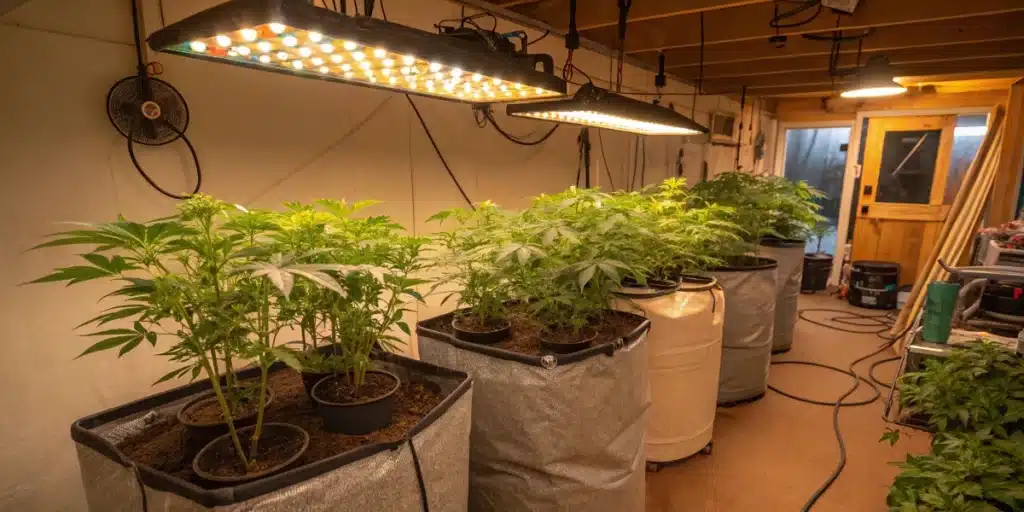
FAQS about When to Grow Weed
What is the best time of year to grow weed indoors?
The best time to grow weed indoors is not strictly limited to a season since indoor growers can control environmental factors. However, starting your grow cycle in early spring can help take advantage of the natural increase in daylight hours.
How can I control the climate in my indoor grow space?
Controlling the climate in your indoor grow space involves managing temperature, humidity, and light. Utilizing fans, heating and cooling systems, and dehumidifiers can help create a stable environment conducive to healthy plant growth.
What are the signs that my cannabis plants are stressed?
Signs of stressed cannabis plants include yellowing or browning leaves, slowed growth, and wilting. Regularly monitoring your plants and addressing environmental issues can help prevent stress and ensure a healthy grow.


